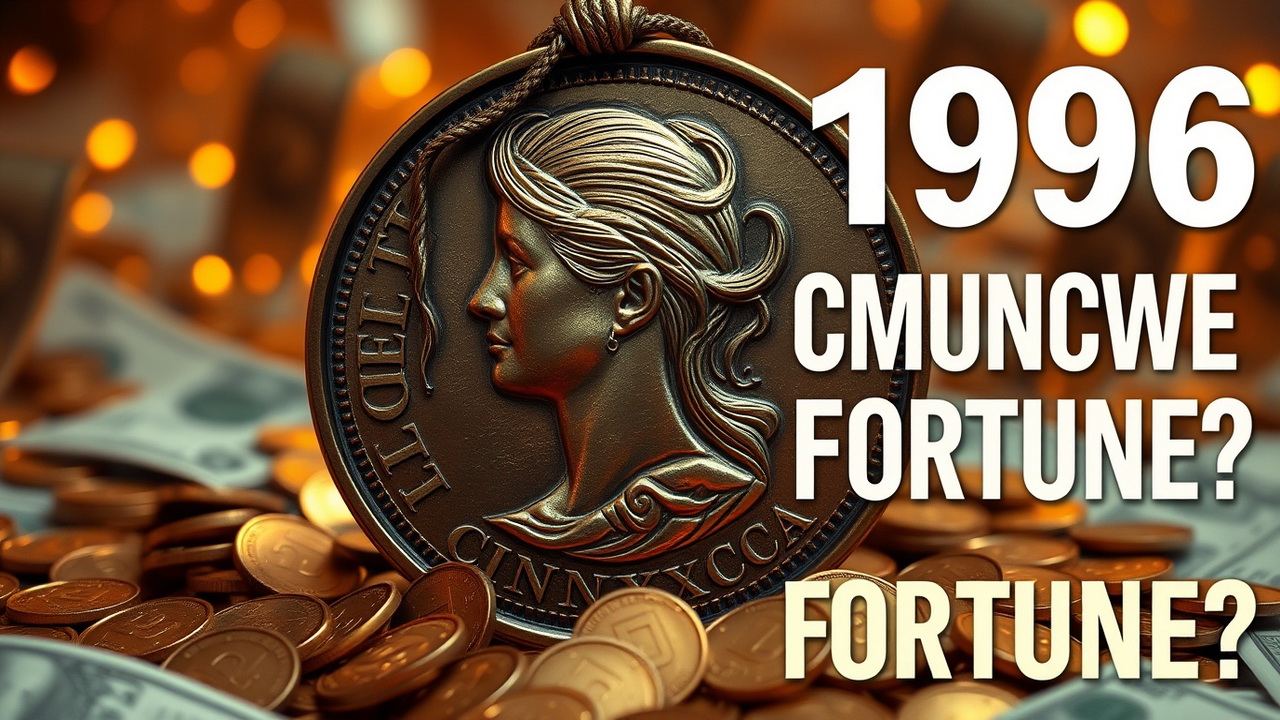Uncover the True Value of Your 1996 Jefferson Nickels: Though their face value is just five cents, certain 1996 Jefferson nickels can be surprisingly valuable. Whether it’s due to being uncirculated, featuring minting errors, or possessing the rare Full Steps designation, these nickels are prized by casual hobbyists and seasoned collectors alike. Let’s delve into what makes some 1996 Jefferson nickels stand out and why they could be worth more than you think.
The 1996 Jefferson Nickel
Introduced in 1938, the Jefferson nickel has been a mainstay of U.S. coinage. The 1996 edition upholds this legacy, with Thomas Jefferson depicted on the obverse and Monticello, his historic home, on the reverse. These coins were minted at the following locations:
| Mint Location | Mint Mark | Purpose |
|---|---|---|
| Philadelphia | None | General circulation |
| Denver | D | General circulation |
| San Francisco | S | Proof coins for collectors |
While billions of these nickels were produced, specific factors like mint marks, condition, and unique attributes can significantly enhance their value.
What Are 1996 Jefferson Nickels Worth?
The value of a 1996 Jefferson nickel depends primarily on its condition. Coins in pristine, uncirculated states can command higher prices, particularly those graded MS-65 or above, which retain their original mint luster and show no signs of wear.
- Uncirculated Value: $0.25 to $1
- High Grade (MS-67 and above): $10 to $20+
Full Steps Jefferson Nickels
The Full Steps designation is highly sought after due to its rarity. It refers to coins where the steps on the base of Monticello appear fully struck, with no breaks or wear.
- Value: $10 to $50 for Full Steps nickels, with some examples fetching even higher prices.
1996 Nickel Minting Errors
Coins with minting errors are particularly appealing to collectors and can dramatically increase in value. Below are some common error types for the 1996 Jefferson nickel:
| Error Type | Description | Value |
|---|---|---|
| Off-Center Strikes | Misaligned designs, with parts of the image missing | $20 to $200 |
| Double Dies | Duplicated details in lettering or portrait | $25 to $100 |
| Die Cracks/Clashes | Cracks in the die or design impressions from the opposite side | $10 to $50 |
| Filled Dies | Missing letters or numbers due to debris in the die | $5 to $20 |
1996 Proof Jefferson Nickels
Proof nickels minted in San Francisco are collector-specific coins, notable for their mirror-like finishes and intricate details.
- Standard Proofs: $2 to $5
- High-Grade Proofs: $10+ depending on condition
How to Assess Your 1996 Jefferson Nickel
To determine the potential value of your 1996 nickel, follow these steps:
- Examine Condition: Look for wear, scratches, or damage that may affect its grade.
- Check Mint Marks: Identify if it has a “D” (Denver) or “S” (San Francisco) mint mark.
- Look for Full Steps: Inspect the Monticello steps under magnification for complete, unbroken lines.
- Search for Errors: Carefully check for anomalies like doubling, die cracks, or off-center strikes.
While most 1996 nickels are worth their face value, uncirculated coins, those with Full Steps designations, or those featuring minting errors can fetch considerably higher prices. If you suspect you have a valuable coin, professional grading is recommended to confirm its true worth.
Conclusion
Although most 1996 Jefferson nickels are only worth five cents, specific coins with excellent condition, rare mint marks, or unique errors can hold significant value. By carefully examining your nickels and staying informed about market trends, you might uncover a hidden gem in your pocket change.
FAQs
How much is a 1996 proof nickel worth?
Standard proof nickels are valued at $2 to $5, with high-grade proofs selling for $10 or more.
What makes uncirculated nickels valuable?
Their original mint luster, combined with the absence of wear, greatly enhances their value.
What is a Full Steps Jefferson nickel?
It’s a coin with fully visible, uninterrupted steps at the base of Monticello, indicating an exceptional strike.
What are some common 1996 nickel errors?
Off-center strikes, double dies, die cracks, and filled dies are among the most common and valuable errors.
